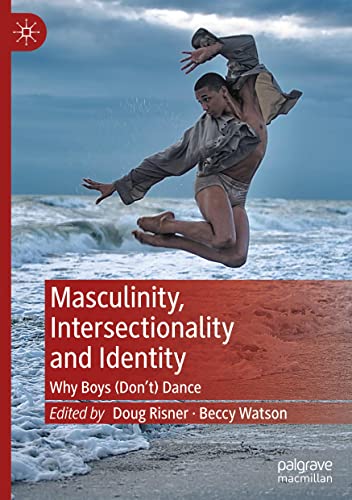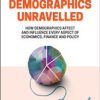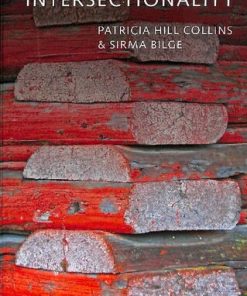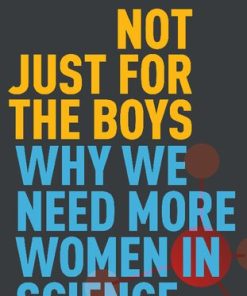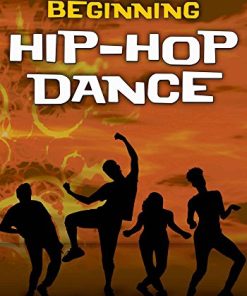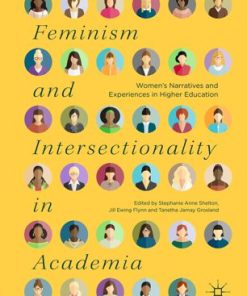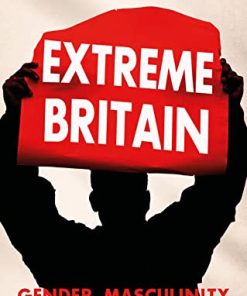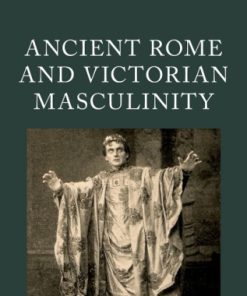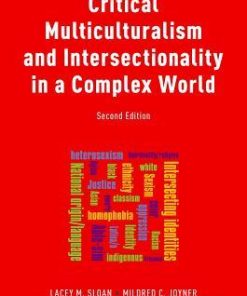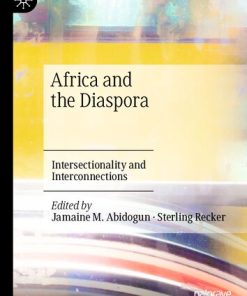Masculinity, Intersectionality and Identity: Why Boys (Don’t) Dance 1st Edition Doug Risner
$50.00 Original price was: $50.00.$25.00Current price is: $25.00.
Masculinity, Intersectionality and Identity: Why Boys (Don’t) Dance – Ebook Instant Download/Delivery ISBN(s): 9783030899998,3030899993
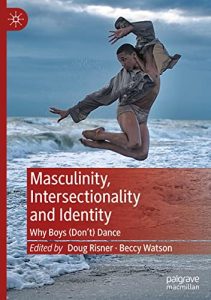
Product details:
- ISBN-10 : 3030899993
- ISBN-13 : 978-3030899998
- Author(s): Doug Risner, Beccy Watson
This unparalleled collection, international and innovative in scope, analyzes the dynamic tensions between masculinity and dance. Introducing a lens of intersectionality, the book’s content examines why, despite burgeoning popular and contemporary representations of a normalization of dancing masculinities, some boys don’t dance and why many of those who do struggle to stay involved. Prominent themes of identity, masculinity, and intersectionality weave throughout the book’s conceptual frameworks of education and schooling, cultures, and identities in dance. Incorporating empirical studies, qualitative inquiry, and reflexive accounts, Doug Risner and Beccy Watson have assembled a unique volume of original chapters from established scholars and emerging voices to inform the future direction of interdisciplinary dance scholarship and dance education research. The book’s scope spans several related disciplines including gender studies, queer studies, cultural studies, performance studies, and sociology. The volume will appeal to dancers, educators, researchers, scholars, students, parents, and caregivers of boys who dance.
Table contents:
Part I: Dance Making Pedagogies in the Rehearsal Process
1. Exploring Dance Rehearsal: The Neglected Issues Revealed
2. Voices Seldom Heard: The Dancer’s Experience of the Choreographic Process
3. Making Dance, Making Sense: Epistemology & Choreography
Part II: Curriculum and Pedagogy in 21st Century Postsecondary Dance
4. Dance Education Matters: Rebuilding Postsecondary Dance Education for Twenty-first Century Relevance and Resonance
5. Weaving Social Foundations in Dance Pedagogy: A Pedagogy of Uncovering
6. Troubling Methods-Centered “Teacher Production”: Social Foundations in Dance Education Teacher Preparation
7. Leadership Narratives in Postsecondary Dance Leadership: Voices, Values and Gender Variations
Part III: The Role of Dance Teaching Artists in Dance Education
8. Hybrid Lives of Teaching Artistry: A Survey of Teaching Artists in Dance
9. The Credential Question: Attitudes of Dance and Theatre Teaching Artists
10. Preparation, Policy and Workplace Challenges of Dance Teaching Artists in P-12 Schools: Perspectives from the Field
Part IV: Dance, Gender, and Sexual Identity
11. Rehearsing Masculinity: Challenging the “Boy Code” in Dance Education
12. Bullying Victimization and Social Support of Adolescent Male Dance Students
13. Gender Problems in Western Theatrical Dance: Little Girls, Big Sissies and the “Baryshnikov Complex”
14. Men in Dance, Bridging the Gap Symposium: Gender Inequities in Dance Education: Asking New Questions
Part V: Reflective Practice, Social Justice, and Humanizing Dance Pedagogy
15. Motion and Marking in Reflective Practice: Artifacts, Autobiographical Narrative, and Sexuality
16. Moving Social Justice in Dance Pedagogy: Possibilities, Fears and Challenges
17. Activities for Humanizing Dance Pedagogy: Immersive Learning in Practice
People also search:
masculinity intersectionality and identity why boys (don’t) dance
masculinity intersectionality and identity
what is meant by intersectionality of identity
what is gender intersectionality
what is an example of intersectionality
intersectionality masculinity
You may also like…
Uncategorized
Politics & Philosophy - Social Sciences
Not Just for the Boys: Why We Need More Women in Science Athene Donald
Politics & Philosophy - Women's Studies
Politics & Philosophy - Women's Studies
Extreme Britain: Gender, Masculinity and Radicalisation 1st Edition Elizabeth Pearson
History - Ancient History
Ancient Rome and Victorian Masculinity First Edition Laura Eastlake
Politics & Philosophy - Social Sciences
Critical Multiculturalism and Intersectionality in a Complex World 2nd Edition Lacey M Sloan


